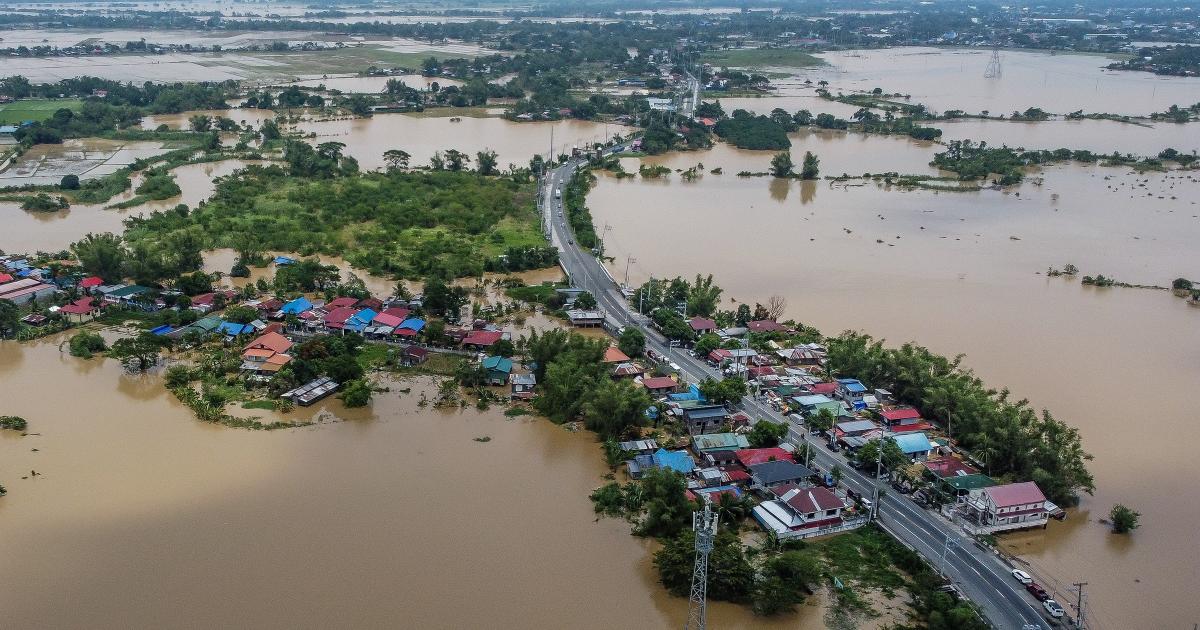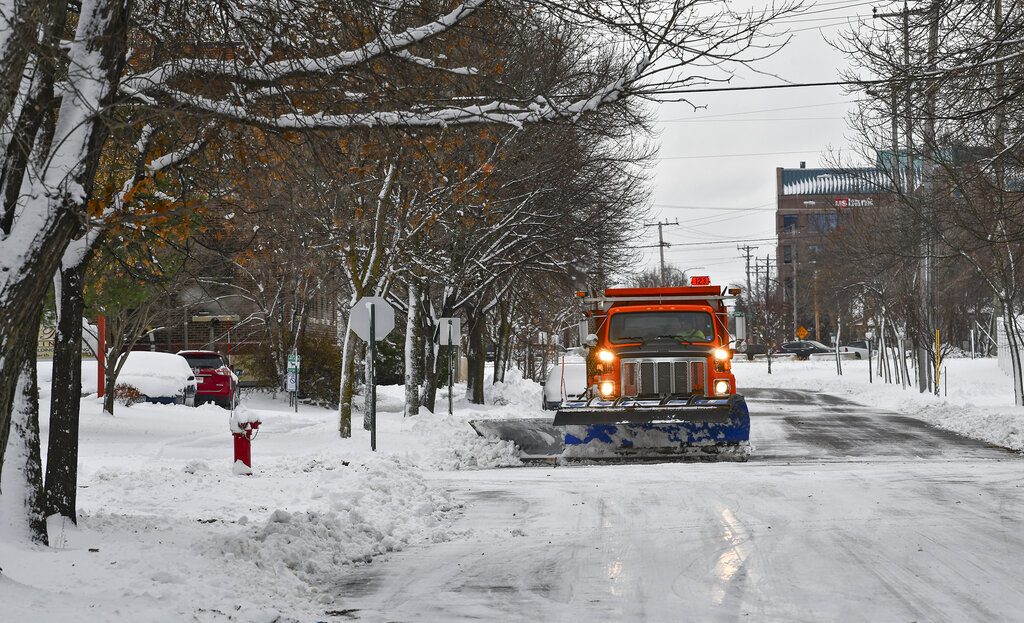In recent years, the world has witnessed an alarming surge in the frequency, intensity, and scale of natural disasters. From wildfires ravaging parts of Australia and California to unprecedented hurricanes slamming into coastal communities, the global climate crisis is no longer a distant concern but a present-day reality. Experts and climate scientists have warned that we are entering a “new era” of natural disasters, driven by the accelerating effects of climate change. These events are not only causing unprecedented damage but are also forcing societies to reckon with the human and economic toll of an increasingly unpredictable climate.
The term “supercharged” is now commonly used to describe the disastrous effects of climate change on the planet’s weather systems. Extreme heat waves, wildfires, floods, hurricanes, and droughts are becoming more frequent and more severe. This article delves into how climate change is exacerbating these disasters, the wide-reaching impacts on ecosystems and communities, and the actions we must take to mitigate and adapt to the new era of disasters.
The Role of Climate Change in Amplifying Natural Disasters
At its core, climate change is driven by the accumulation of greenhouse gases in the atmosphere, primarily carbon dioxide (CO2), methane (CH4), and nitrous oxide (N2O). These gases trap heat, resulting in a gradual increase in global temperatures, which in turn disrupts weather patterns, ocean currents, and ecosystems. As the world continues to warm, the risks associated with natural disasters are increasing, and the relationship between climate change and extreme weather events is becoming clearer.
1. More Intense and Frequent Hurricanes and Typhoons
Perhaps one of the most visible impacts of climate change on disasters is the increase in intensity and frequency of hurricanes, typhoons, and cyclones. Warmer sea surface temperatures provide more energy for these storms, causing them to grow stronger and last longer. For instance, studies have shown that storms like Hurricane Katrina, which devastated New Orleans in 2005, would likely have been even more catastrophic if they occurred today due to rising sea levels and warmer ocean temperatures.
The 2020 Atlantic hurricane season was the most active on record, with a record number of named storms. This hyperactivity is not an isolated incident but part of a broader trend. The increase in sea surface temperatures is directly contributing to the intensity of tropical cyclones, which can cause widespread flooding, storm surges, and destruction in coastal areas.
2. Unprecedented Wildfires Fueled by Heatwaves and Droughts
The ferocity and unpredictability of wildfires have also intensified in the age of climate change. A combination of extreme heat, dry conditions, and prolonged droughts has created the perfect environment for wildfires to spread quickly and with devastating consequences. In 2020, Australia’s “Black Summer” wildfires burned over 46 million acres of land and killed at least 33 people, while the wildfires in California, Oregon, and Washington State in the U.S. set new records for destruction.
Rising temperatures and reduced rainfall are not only making these fires more frequent but also more severe. As ecosystems dry out, vegetation becomes more flammable, making it easier for wildfires to ignite and spread uncontrollably. Fire seasons are becoming longer, with some areas experiencing fire outbreaks earlier in the year and lasting well into the fall. This change poses a serious challenge for firefighters and local governments trying to protect lives and property.
3. Flooding Due to Rising Sea Levels and Extreme Rainfall
Flooding has also become a more widespread and frequent phenomenon due to the dual impacts of rising sea levels and extreme rainfall events. As the planet warms, ice sheets and glaciers are melting at an accelerated pace, contributing to higher sea levels. In coastal cities, these rising waters are eroding shorelines, increasing the risk of flooding during storms, and threatening vital infrastructure.
Simultaneously, more extreme rainfall events are becoming commonplace. The atmosphere can hold more moisture as temperatures rise, resulting in heavier rainstorms and flash floods. In 2021, the deadly floods in Germany and Belgium showcased how climate change-driven weather patterns can lead to extreme rainfall, inundating towns and causing massive loss of life and property.
4. Heatwaves and Droughts Straining Resources
Heatwaves are another deadly consequence of climate change, with global temperatures rising significantly over the past few decades. Heatwaves put tremendous stress on human health, agriculture, and infrastructure. In areas that are already arid, droughts are becoming longer and more intense, impacting water supplies, crop yields, and power generation.
One example of this trend is the severe drought in the western U.S. during 2021, which led to water shortages and the drying up of key reservoirs such as Lake Mead. This drought exacerbated the wildfire risk and crippled agricultural production in the region. Heatwaves in countries like India, Pakistan, and the Middle East have led to power outages, food insecurity, and health crises as people struggle to cope with life-threatening heat.
The Human and Economic Toll
The human cost of climate-induced disasters is staggering. Thousands of lives have been lost in extreme weather events in recent years, with the displaced population due to flooding, wildfires, and storms growing rapidly. As the climate crisis accelerates, millions more people could find themselves living in disaster-prone areas, and they may have to face these growing risks with fewer resources.
Beyond the immediate human toll, the economic impact of climate change-induced disasters is enormous. In 2020 alone, natural disasters caused by extreme weather events resulted in losses totaling more than $210 billion globally. This financial burden affects not only governments but also businesses, infrastructure, and individuals who lose homes, livelihoods, and possessions. Countries that are already struggling economically are particularly vulnerable to these disasters, as they lack the resources to effectively rebuild or protect their citizens.
Additionally, the strain on healthcare systems during and after natural disasters has become a significant concern. Hospitals and clinics are overwhelmed with patients, while healthcare workers are pushed to their limits, trying to manage both the immediate consequences of the disaster and ongoing health issues exacerbated by extreme weather.
A Call for Action: Mitigation and Adaptation
Given the dire implications of the growing climate disaster crisis, experts argue that bold action is needed to mitigate the worst effects and adapt to the changes that are already underway. The urgency is clear, and the global community must work together to address both the causes and consequences of climate change.
Mitigation: Reducing Greenhouse Gas Emissions
The most direct way to slow the acceleration of climate change is through mitigation efforts aimed at reducing greenhouse gas emissions. This includes transitioning away from fossil fuels, investing in renewable energy sources, and promoting energy efficiency across industries. Governments, businesses, and individuals all have roles to play in reducing emissions, particularly in sectors such as transportation, agriculture, and industrial production.
International agreements like the Paris Agreement, which aims to limit global warming to below 2°C above pre-industrial levels, are critical in fostering global cooperation. The world’s largest emitters, such as the U.S., China, and the European Union, must lead the way in decarbonizing their economies and encouraging other nations to follow suit.
Adaptation: Preparing for the Inevitable
Even with aggressive mitigation efforts, some degree of climate change is already locked in. As such, adaptation strategies are essential to minimizing the impact of inevitable disasters. This involves building resilient infrastructure, creating early warning systems, and investing in disaster preparedness programs. Governments must also address the needs of vulnerable populations who are disproportionately impacted by climate disasters, ensuring that they receive adequate support before, during, and after disasters.
Conclusion: Facing the New Era of Disasters
The rising frequency and severity of natural disasters linked to climate change are a clear sign that we have entered a new era of unpredictable and extreme weather. Whether it’s hurricanes, wildfires, floods, or heatwaves, the impacts of climate change are already being felt worldwide. The question is no longer if these events will occur, but how we will respond.
The scientific consensus is clear: we must take immediate and bold action to reduce emissions and adapt to a rapidly changing climate. Our collective response will determine the kind of world future generations inherit, and whether we can build resilient societies capable of weathering the challenges ahead. It’s time to accept that we are in a new era—and it’s up to us to shape the future that follows.




